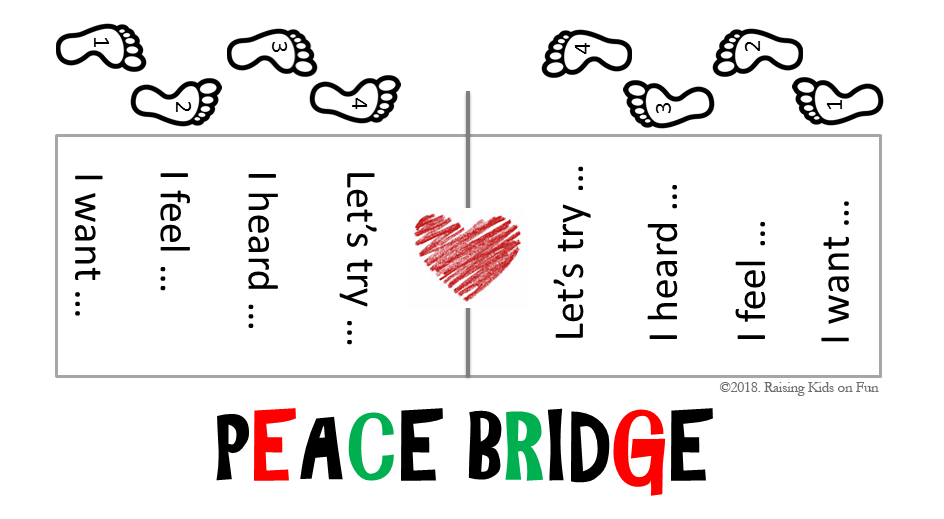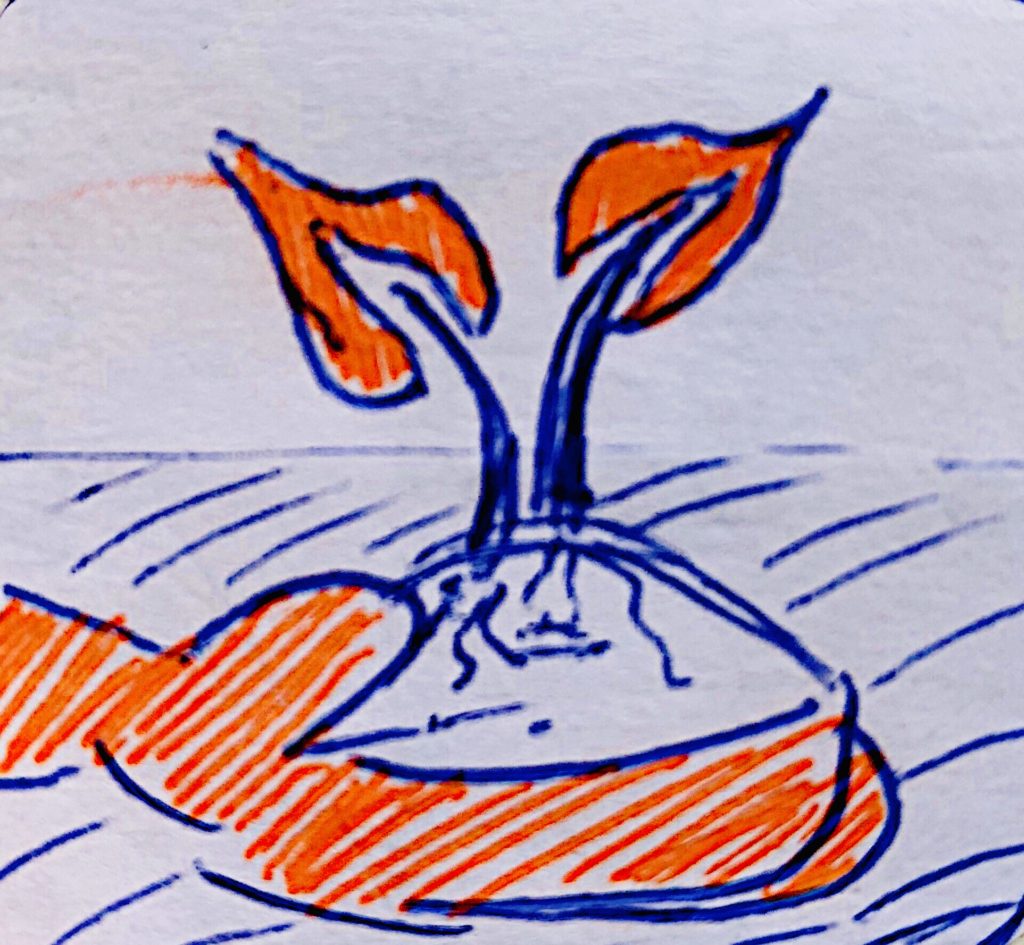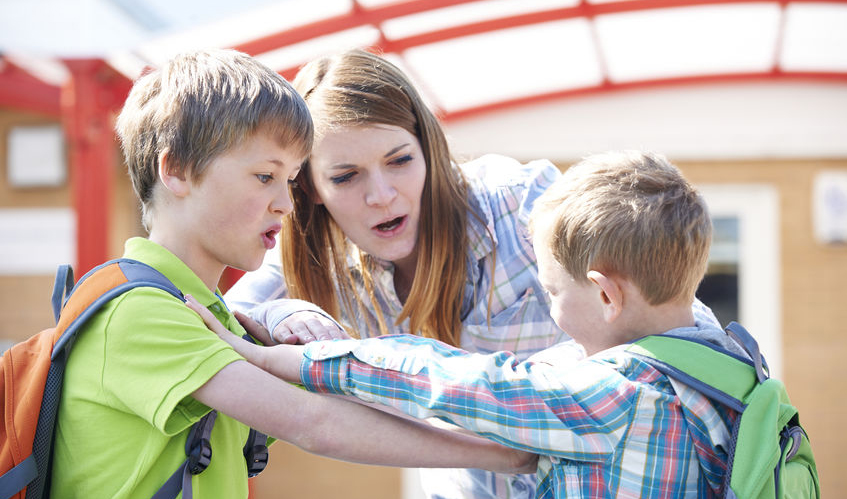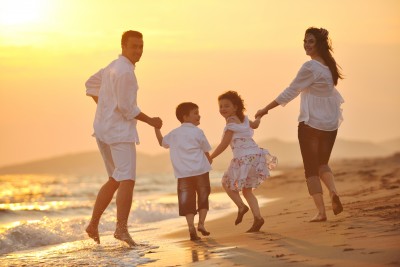That day, dad was beaming with joy and very proud of my little boy.
A group of kids in the after-school program at his school got into a disagreement and were mad at each other. Professor S (4) walks in between them, separates them into two groups (3 in each group), and tries to help the kids work out their differences using peacemaking techniques we use at home.
But that’s not why I’m proud of him.
Since he’s only 4, the kids ignore him. Professor S is really sad, steps aside and almost wants to cry. But he gets up and walks back in between the kids and proceeds to resolve the conflict. That day, he earned the respect of his teacher and gave us a treasured memory.
That day, dad was beaming with joy …
Constant Conflict, Constant Practice
Having two strong-willed kids about 1 year apart, we had frequent conflicts and arguments. Our daughter spoke in sentences by the age of 1 1/2, but we couldn’t understand what our son was saying until he was about 3. It was not uncommon for big sister, Princess C, to get frustrated when she would request something and get absolutely no response from her younger brother. The fact that Professor S was very focused and playing in his own world would only add fuel to the fire. The accusations were many, and there were certainly no shortage of opportunities for us to provide guidance in resolving conflicts.
I think the mistake that we, and many parents, make is that we jump in and start working things out for them. The problem is that they never learn and … parents often go from innocent bystanders to evil villains in the process.
Walking Toward Peace
We first learned about Peace Bridge (sometimes called conflict resolution bridge .. but I like the “Peace Bridge” name better) through a Middle-Eastern family with 5 boys all close in age. Their oldest, 5th grade at the time, walked me through the process as mom explained it to me. I learned that he usually acted as the facilitator when the younger ones had fights. She shared that a similar approach was often used in hostile conflict negotiation.
Right now all I need to say is “Peace Bridge” (or PB for short) and the kids know what to do; but early on, I had to make the alternative to Peace Bridge very distasteful to both. I’ll share more details in Part II of this post, but for some this picture will be enough.
The Basic Idea:
1) kids separate and stand apart
2) Go through steps of working out problem
3) Take physical steps closer as they progress
4) They resolve the issue and walk away happy





Recent Comments